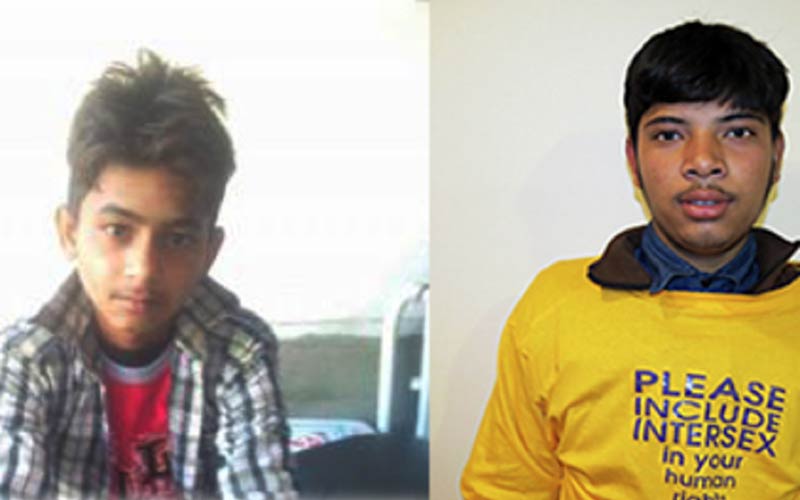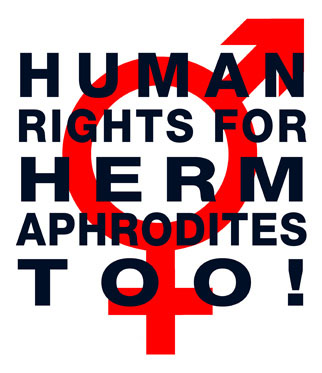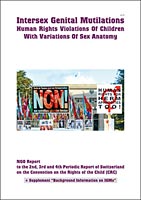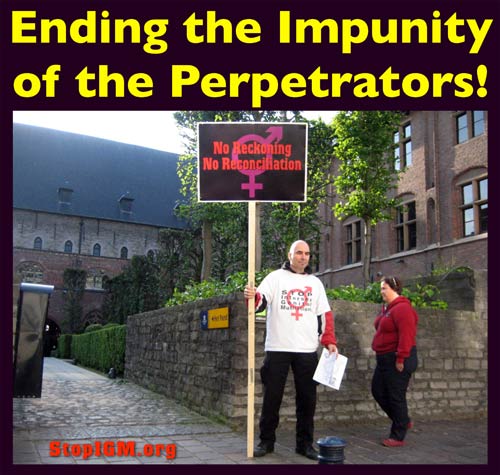UPDATE! 09.06.2016: UN-CRC reprimanded Nepal for IGM and Bullying!
 Photo: Fundraiser for Needed Surgery for Intersex Adolescents Arjun (15) + Amar (17)
Photo: Fundraiser for Needed Surgery for Intersex Adolescents Arjun (15) + Amar (17)
![]() This week, at the 72nd Session of the UN Committee on the Rights of the Child (CRC), Nepal is first up for review of Intersex Human Rights including the “growing practice of Intersex Genital Mutilations” on Thur 19 May 15:00-18:00h CET [Nepal: 18:45-21:45h] + Fri 20 May 10:00-13:00h CET [Nepal: 12:45-16:45h] – archived on treatybodywebcast.org!
This week, at the 72nd Session of the UN Committee on the Rights of the Child (CRC), Nepal is first up for review of Intersex Human Rights including the “growing practice of Intersex Genital Mutilations” on Thur 19 May 15:00-18:00h CET [Nepal: 18:45-21:45h] + Fri 20 May 10:00-13:00h CET [Nepal: 12:45-16:45h] – archived on treatybodywebcast.org!
Next week: The UK …
TABLE OF CONTENTS “Intersex Genital Mutilations, Stigma and Bullying in Nepal”
1. Background: 1st Intersex Workshop, Intersex Stories Book, 2016 CRC NGO Report
2. Intersex Genital Mutilations in Nepali Paediatric Hospitals
a) IGM in Publications by Doctors and Hospitals
b) IGM in Witnesses Accounts
3. Denial of Needed Health Care
4. Stigma, Bullying and Isolation
• Nepal questioned over IGM by UN Child Rights Committee – Gov denies
3. Denial of Needed Health Care
“Denial of needed health care” constitutes one of the 17 most common forms of IGM practices described in the 2014 CRC Swiss Thematic Intersex NGO Report (PDF, p. 75), and is substantiated in two of the personal stories (collected on occasion of the 1st Intersex National Workshop and published as e-book) which both illustrate how it compounds stigma and exclusion (see below 4.).
In Nepal this issue is compounded by general lack of health insurance resulting in additional difficulties for intersex children to gain access to needed health care.
Stories of Intersex People from Nepal
Compiled by: Esan Regmi
Translated by: Parsu Ram Rai
>>> Download (PDF 932 kb)
AMAR CHAUDHARY (p. 17-18)
Born 1996 with ambiguous genitals, raised as a boy.
“I don’t know if it is an omen, my destiny or Karma but my female part doesn’t function properly. I have a constant stream of urine that never stops. My parents initially thought it might fix itself, but this never happened.
Due to my family’s socioeconomic condition we could not afford treatment. Our financial situation was so difficult I did not enroll in school until I was 8 years old.
This was a milestone for me but it was also incredibly difficult. I was teased constantly and humiliated due to the constant strong smell of urine. (17)
Over time my problem got worse and when I was 9 I was taken to Kholpur Hospital in Nepalgunj for treatment. I was admitted for 2 months and prescribed medicine but this didn’t help. Later the doctor told my family that my bladder was not properly formed and recommended me for surgery. But my family could not afford treatment and my father took me back home.
Due to lack of treatment I cannot participate in sport and as my health worsens I find it difficult to walk, stand or sit and I do not sleep well.” (18)
ARJUN CHIRIMA (p. 21-22)
Born 2001 with ambiguous genitals.
“Since birth I have suffered from a continuous flow of urine from my genitals. My family, initially sought medical treatment for me in the teaching hospital in Kathmandu. The doctor recommended that I undergo surgery, but for this my parents would need to pay almost 3 lakhs Nepali Rupees (about 3000 US$) which they were unable to afford. As a result my family returned home with me without treatment. (21)
However, due to my urinary incontinence and the continuous foul smell of urine, I was teased and most of my classmates disowned me and humiliated me many times. Due to such a hostile and uneasy environment, I was forced to leave school. Even within my wider community I feel rejected as they are not at all happy with the way I was born. My family too receive criticism and are isolated and looked upon differently in my community.” (22)
The general problem of lack of access to health care for not rich Nepalis, ascerbating the denial of needed health care for intersex children and adults, and compounding their suffering, is described in a medical publication as follows:
“Almost no health insurance exists in Nepal. Patients and their families are expected to bear the total cost of medical treatment, which often means that they must sell land or borrow money. Added to these costs are other medical supplies required by the patient. This cost of treatment is further compounded for many Nepalese patients, who must travel from their rural communities to the hospital.”
Source: Plastic Surgery International, Volume 2011 (2011), Article ID 870902, http://www.hindawi.com/journals/psi/2011/870902/.
>>> DONATE for Intersex Nepalis Arjun (15) + Amar (17) for Needed Health Care
TABLE OF CONTENTS “Intersex Genital Mutilations, Stigma and Bullying in Nepal”
1. Background: 1st Intersex Workshop, Intersex Stories Book, 2016 CRC NGO Report
2. Intersex Genital Mutilations in Nepali Paediatric Hospitals
a) IGM in Publications by Doctors and Hospitals
b) IGM in Witnesses Accounts
3. Denial of Needed Health Care
4. Stigma, Bullying and Isolation
• Nepal questioned over IGM by UN Child Rights Committee – Gov denies
See also:
• 11 Verdicts by UN Treaty Bodies Condemning IGM – And Counting …
• UN Committee for the Rights of the Child (CRC) 2015: IGM = Harmful Practice
• UN Committee against Torture (CAT) 2015: IGM = Inhuman Treatment or Torture
• UN Human Rights Committee (HRCttee) to examine IGM Practices
• UN Committee on the Rights of Persons with Disabilities (CRPD) condems IGM
• Historic 56th Session of Committee against Torture reprimands 4 Governments over IGM
• CAT 2011: Germany must investigate IGM practices and compensate survivors!
Intersex Genital Mutilations • 17 Most Common Forms
Human Rights Violations Of Children With Variations Of Sex Anatomy
IGM – Historical Overview • What is Intersex? • How Common are IGMs?
>>> Download PDF (3.65 MB) >>> Table of Contents
Eliminating IGM practices by holding the perpetrators accountable via well-established applicable human rights frameworks, including Inhuman Treatment and Harmful Practices – Presentation @ UN expert meeting on Intersex Human Rights in Geneva 26.–27.10.2015
>>> Download PDF (831kb)



